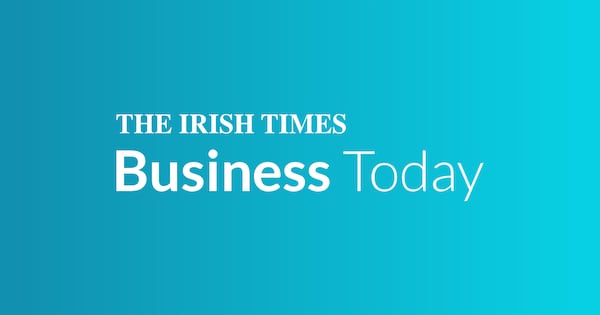The publication of a joint agreed statement between the EU and US on the recent trade deal agreed in Scotland will be greeted with some relief in Dublin.
It ties down some details of what was a woolly, political agreement – and for Ireland it gives a firm commitment to cap pharma tariffs at 15 per cent, while some parts of the sector may be excluded altogether. The imposition of tariffs for the first time in pharma, if this now goes ahead, will hit the sector. But it removes the risk, for now at least, that US president Donald Trump would impose higher tariffs on pharma in the weeks ahead, or threaten them in future.
This statement had been expected to issue a few days after the handshake between Trump and Ursula von der Leyen more than three weeks ago. The delay had led to fears of disagreement and details not being tied down. Now both sides have at least put things down on paper, even if there will be many months of negotiations ahead on various issues. And even if, as IBEC, the business group pointed out in a statement, there are many lower margin sectors in particular which will be hard hit by the 15 per cent tariff imposition.
The paragraphs on the pharma sector are important for Ireland, as it is a big employer, taxpayer and exporter. The EU had said after the deal was struck that its understanding was that pharma tariffs would be capped at 15 per cent, and that this included any that would be applied as part of a separate study being conducted by the US administration.
READ MORE
This is the so-called Section 232 study looking at national security issues in relation to pharma and also semiconductors. But comments by Trump that this study could lead to much higher tariffs on pharma in time - to put pressure on firms to relocate production to the US - raised fears that everyone was not on the one page.
[ US agrees to cap tariffs on pharmaceuticals imports from EU at 15%Opens in new window ]
Now the joint statement says that, taking into account this Section 232 study, tariffs on pharma – and semiconductors – will not “exceed 15 per cent”. At the moment pharma tariffs are zero and we will have to see when he publishes his Section 232 report whether Trump intends to apply the full 15 per cent rate to pharma coming from the EU immediately, or at some time in the future.
A 15 per cent tariff is still high enough, if that is what emerge. IPHA, the body which represents the sector in Ireland, points out that it will be a burden on the sector and a drag on investment and job. It is a higher margin sector, so may be able to work through the new imposition, but at a cost. It will cause problems but not chaos.
There is also another hopeful mention in the statement that generic drugs and their inputs and some chemicals may stay at a zero tariff – which would be a boost for parts of the industry here. The details of what exactly this applies to have not been laid out in full and will be important if we are to judge what will be covered by this exemption. IPHA says this leaves open the option of tariffs on branded medicines and will not support investment - which will be a key argument of the sector in the weeks to come.
Beyond that, the section 232 process and Trump’s attempts to push down drug prices in the US and persuade firms to move plans back to the US all have other potential implications for the sector here and for Ireland’s efforts to attract pharma. The goal will be to remain as a trusted and safe supplier in US supply chains.
In other sectors, the statement confirms the 15 per cent tariffs now in place and said the two sides will continue to talk about possible “carveouts” – areas that will be excluded. Lobbies in sectors like spirits will continue to make their case. Tariffs at this levels will be a burden in general on exporters, though at least they know what they are dealing with.
Whether the deal can now bed down remains a question – as does whether Trump will stick to it in the longer term. He has already torn up or ignored some previous deals in his trail of tariffs. But a joint agreed statement is a step in the right direction.















